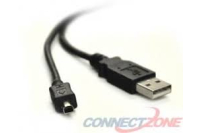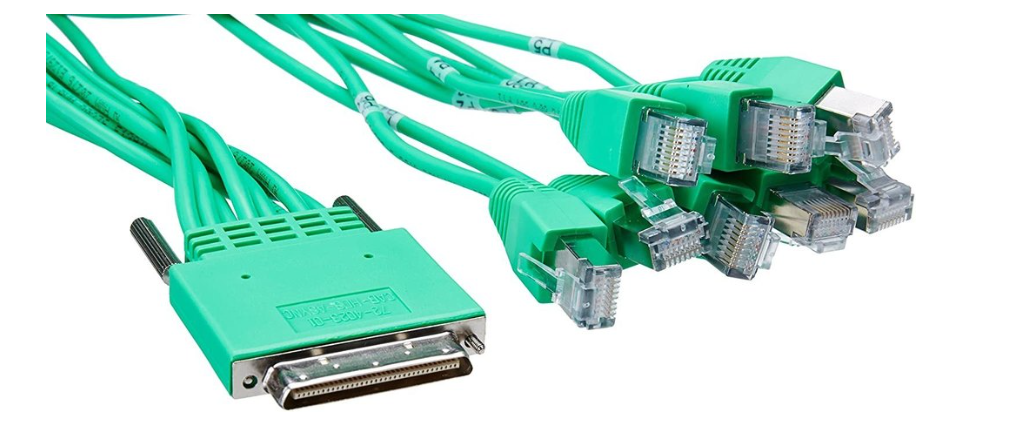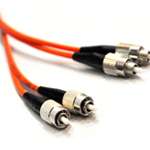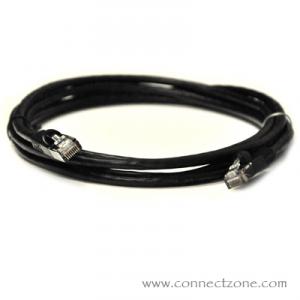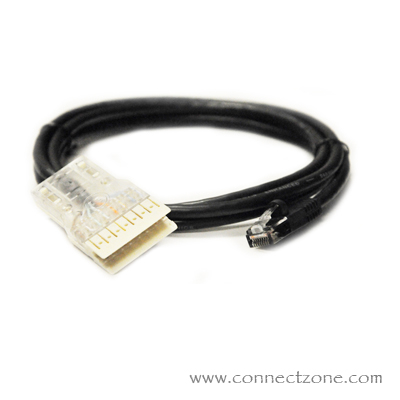We use cookies to make your experience better. Read more
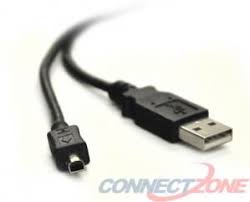
USB or Universal Serial Bus has been developed so that links can be made by a single type of port and cable for many kinds of appliances. Its initial aim was data exchange. Today, in addition to sharing data, USB wires can also deliver energy.
With many audio devices, laptops, smartphones and tablets, USB is now the cable of choice. Not only does it handle information transfer and minimal charging of prior USB connectors, but it can also supply a device with up to 100W of energy.
When choosing a USB cable, it is essential to know the sort of connectors and the cable's speed standard. Fresh changes and progress in USB innovation mean you can look over a more noteworthy scope of USB types. Understanding the abilities of every connector type and cable standard can enable you to choose which one is perfect for your application.
Specification of USB:
Allegedly, USB is universal, but so many distinct kinds exist. Why is it? Each type of USB has separate tasks, as it turns out, primarily to maintain compatibility and support devices.
In the market, you will find six types of USB Connectors and cables:
Type-A:
You will find a standard rectangular flat interface which can be found at one end of the USB cables. For connecting peripherals, most computers have multiple USB A ports. You will also find them on consoles for games, televisions and other devices. Only one way inserts this cable.
Type-B:
It is a square connector, mostly used to connect to a computer for printers and other powered devices. Nowadays, as most gadgets have moved to small connections, they are not exceptionally normal.
Mini-USB:
A smaller type of connector that was standard before micro-USB for mobile devices. Despite the fact that not as regular today, on certain cameras, the PlayStation 3 controller, MP3 players, and comparative gadgets, you may see these.
Micro-USB:
This is the modern standard for mobile, and portable devices are an even smaller version of USB than Mini-USB. Although steadily decreasing in popularity, you can still find micro-USB on all sorts of smartphones, tablets, USB battery power banks, game controllers. Nowadays, many phones are shifting to USB-C.
Type-C USB:
USB-C is an evolving, promising standard USB. This is the most recent USB standard, a reversible cable promising higher exchange rates and more prominent energy than prior types of USB. It can likewise shuffle different tasks at a time. On numerous new laptops and cell phones, including MacBook, Pixel, and Nintendo Switch Pro Controller, you'll see it. Since USB-C has not yet been received all over the place, you may need to buy some USB-C to USB-A connectors to facilitate the transition.
Lightening:
This is not a real USB standard but is used as a proprietary connector for Apple products like iPhone, iPad, AirPods, and more. It is a comparable size to USB-C and has been launched since September 2012 as usual on Apple devices. Older Apple devices use the much bigger 30-pin proprietary connector.
So, if you were wondering about what type of USB does my laptop have, we hope that this USB guide has helped you with the answer.


